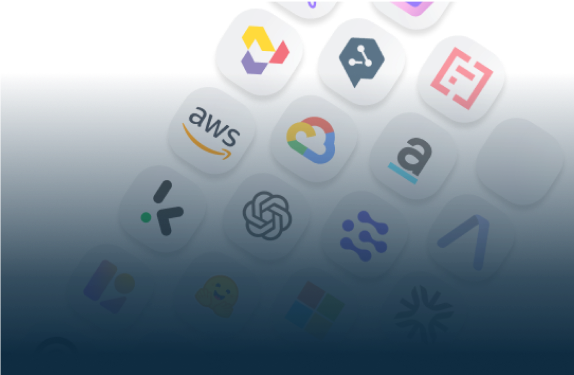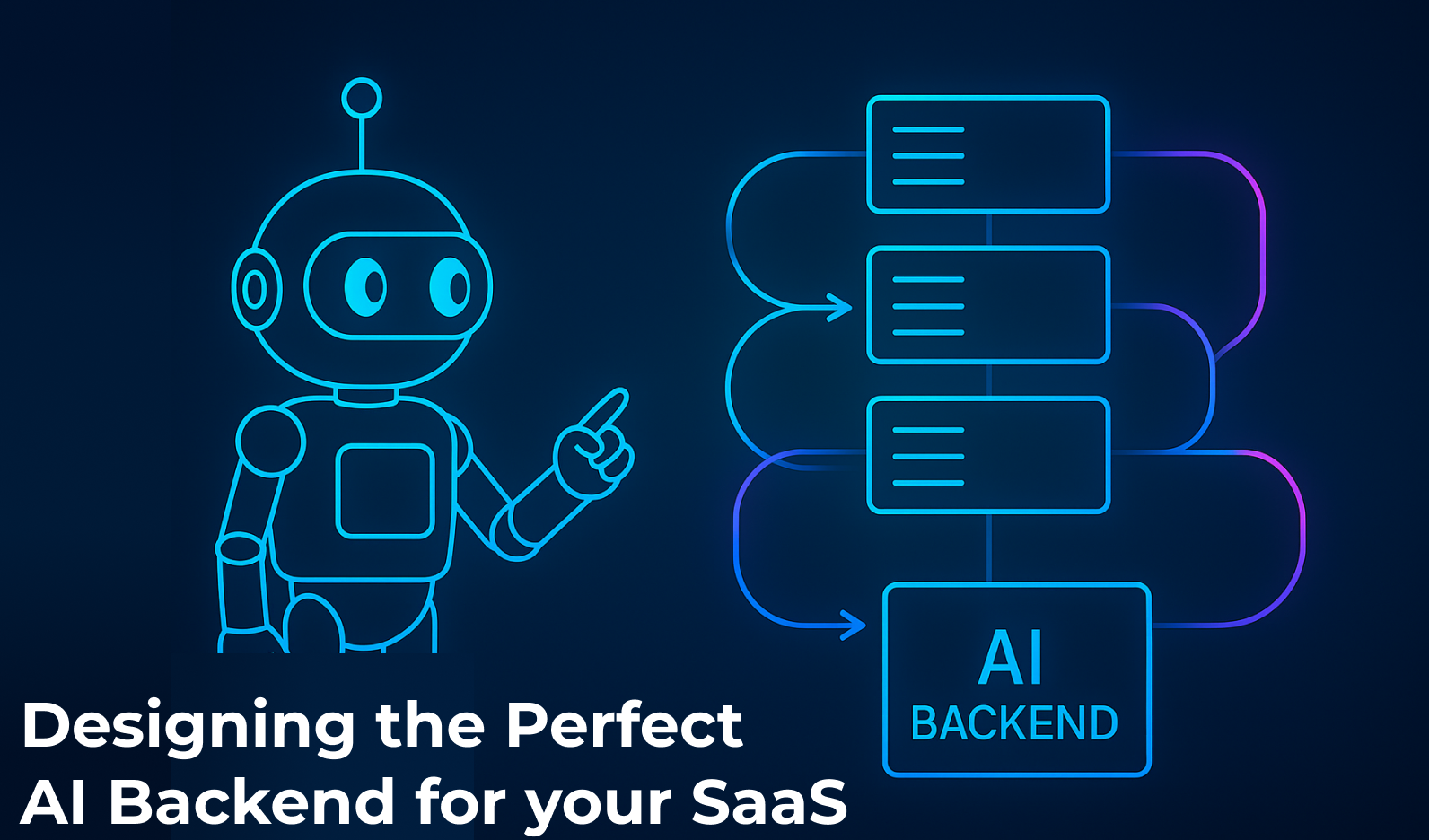
Start Your AI Journey Today
- Access 100+ AI APIs in a single platform.
- Compare and deploy AI models effortlessly.
- Pay-as-you-go with no upfront fees.
Building an AI-powered SaaS product requires more than just plugging in a model, it demands a robust backend architecture that can scale, handle multiple models, and maintain cost and performance efficiency. This article outlines the core principles of a well-designed AI backend, from model orchestration to monitoring and cost control.

Most AI SaaS projects start with a simple prototype using one model (often via OpenAI or another API). But as products evolve, teams face key challenges:
Without a strong backend structure, teams risk hitting performance bottlenecks, incurring unpredictable costs, and losing control over how AI is used within their platform.
A single API layer abstracts all AI model providers. It allows your application to call different models - text, vision, audio, translation - through the same standardized endpoint.
This ensures:
Orchestration is the logic that determines which model runs for which task. It can include:
A good orchestration layer allows you to dynamically select the best-performing model per request, optimizing cost and quality in real time.
AI workloads often fluctuate depending on user activity. To ensure scalability and resilience:
Tracking AI performance is critical. Your backend should log:
Integrating tools like Metabase, Grafana, or custom dashboards ensures transparency across the AI layer.
AI APIs can quickly become expensive if not controlled.
To optimize costs:
This not only saves money but also enables predictable financial planning for your SaaS.
Handling user data through third-party AI APIs requires strict controls.
A secure AI backend reinforces customer trust and regulatory compliance.
Eden AI provides a unified API and orchestration layer connecting dozens of AI providers (OpenAI, Google, AWS, Anthropic, Stability, etc.).
With Eden AI, you can:
Whether you’re building an AI-powered CRM, document analysis platform, or productivity SaaS, Eden AI allows you to focus on product logic, not infrastructure complexity.
A solid AI backend architecture is the foundation of any scalable, cost-efficient SaaS. It ensures flexibility, performance, and transparency across models and providers.
By centralizing access, monitoring, and orchestration, you future-proof your AI stack and make it easier to evolve as new technologies emerge.
Eden AI offers the fastest and most reliable way to design that perfect AI backend, letting your SaaS grow without limits while maintaining full control over models, performance, and costs.


You can start building right away. If you have any questions, feel free to chat with us!
Get startedContact sales
